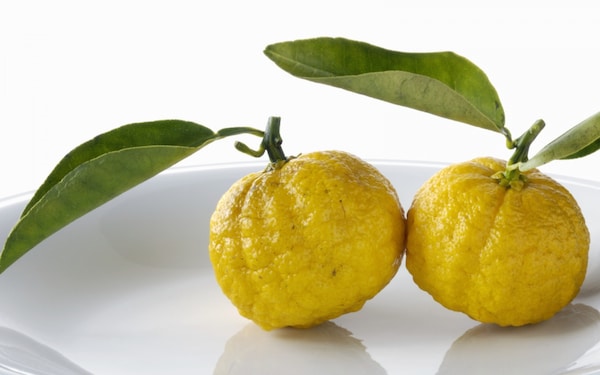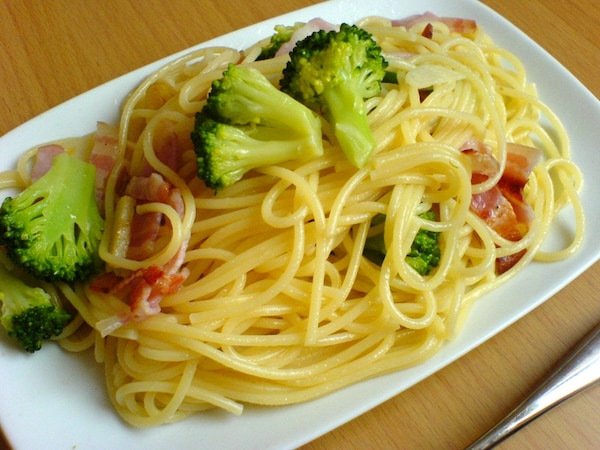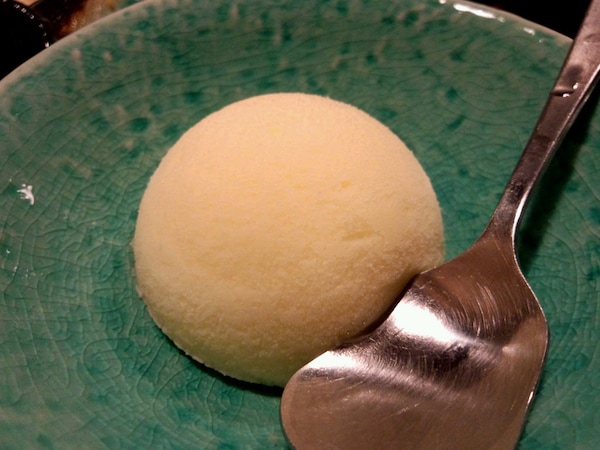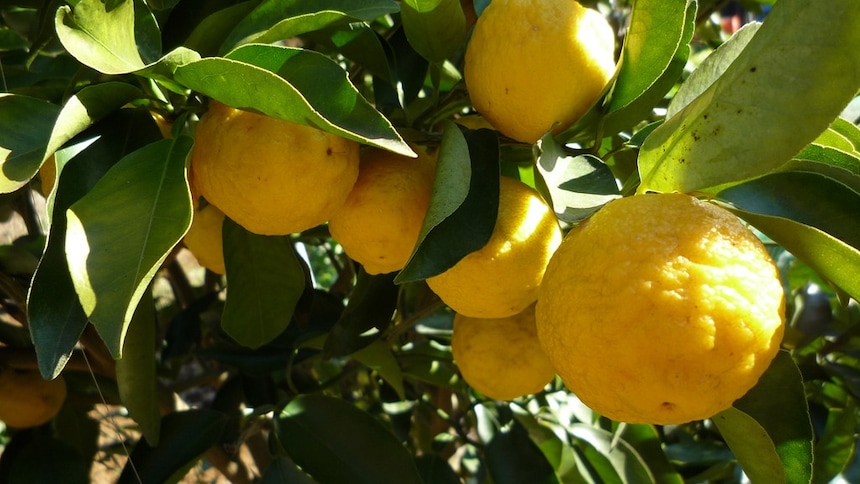When Life Gives You Yuzu... Use It!
Yuzu (柚子, ゆず), a citrus fruit originating in East Asia, looks similar to a lemon; but, its taste tends towards grapefruit and mandarin, making it a unique ingredient for many interesting dishes (and it's also much richer in vitamin C). But some people don't know how to use it. We've selected a handful of recipes for you to try out and get inspired!
How to Choose Yuzu

http://www.huffingtonpost.co.uk/2013/11/14/superfood-yuzu-vitamin-c-waitrose_n_4273876.html
Yuzu is a winter fruit. While you might be able to find it throughout the year, it will be at its best during its natural season: the yellower, the riper. If you're not able to find fresh yuzu, you shouldn't have problems finding extract, juice and dried zest which can all be used as substitutes in recipes—but obviously, fresh yuzu will be much better.
Drink It

https://flic.kr/p/56vq1v
Yuzu is commonly used in drinks for a refreshing, healthy beverage. In summer, it's perfect when mixed with honey, like in this honey and yuzu soda recipe. You can also find similar commercial products in most convenience stores and supermarkets.
In winter, a typical Japanese drink is yuzucha (yuzu tea), made with yuzu jam mixed with hot water. According to popular traditions, this is a perfect remedy for coughing and sore throat. You can go the DIY way with homemade yuzu jam, but if you don't have the time, patience or skills, you can also find premade yuzucha (written ゆず茶) in most supermarkets.
And for the adult drinkers out there, why not make your own yuzu chu-hai? Chu-hai is a typical Japanese beverage, made by mixing shochu liquor and soda, while yuzu adds a refreshing touch to it. You can even make yuzu liquor, with the same simple technique you would use for umeshu (plum wine): fruit, sugar, shochu and patience.
Follow Tradition... Or Break It

https://flic.kr/p/4r9pQX
Unsurprisingly, one of the most popular traditional Japanese condiments is yuzu kosho (柚子こしょう), especially used in southwest Japan. While it's easy to find in supermarkets, it's also quite easy to make, as it only requires three ingredients: chili peppers, yuzu peel and salt. Mix it to your liking and use it in soups, on sashimi, or as a topping for yakitori (grilled chicken skewers) or tempura… or even on pasta!
Another flavor match made in heaven is yuzu and miso. Make yuzu miso from scratch with just a few ingredients that you can find at any Japanese supermarket: white miso (白味噌, shiromiso), yuzu, mirin (みりん) and mentsuyu (めんつゆ) soup base. Use it for dressings, marinades or soups.
Put It on Top

https://flic.kr/p/ans6QA
Given its savory flavor, yuzu works as an hidden note for any food that absorbs condiments. Try squeezing it over grilled or broiled fish, for example salmon and Japanese yellowtail, or sautéed yakisoba. It also works well on meat.
For vegetarians, try it over grilled eggplant, or substitute it in recipes where you would use lemon—let the yuzu taste surprise you!
Make It Sweet

https://flic.kr/p/aVKuDg
Just like any other citrus, yuzu can be used in various desserts to take away some of the sweetness and add a zesty touch. It works perfectly with sorbet, ice cream, jelly and even cake!
As a bonus, you can even use the hollowed-out yuzu itself as a cute and tasty cup!
And Finally... Bathe in It

https://flic.kr/p/v5jSW
A yuzu bath (yuzuyo or yuzuburo) on the winter solstice is a revered Japanese tradition—just fill the tub with hot water and let whole yuzu float around. The benefits are supposedly countless and include better blood circulation, strengthening of the immune system, skin hydration and healing. If nothing else, it will surely smell amazing!
If you have a chance to travel, some hot springs in Shikoku, Kyushu and Kyoto offer this kind of bath in winter.




